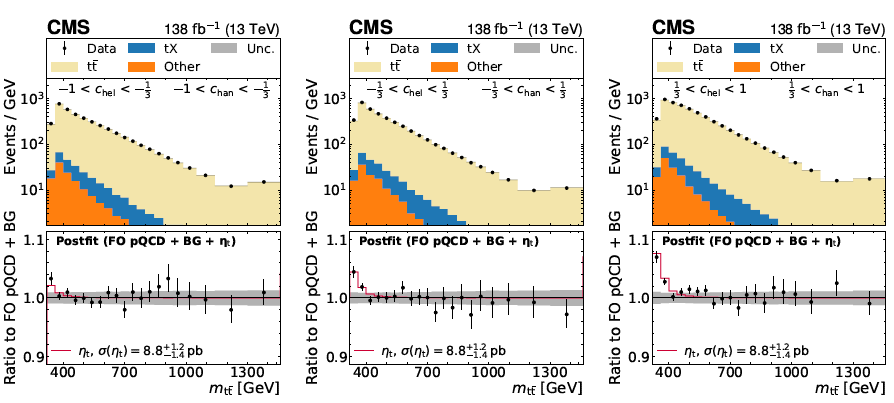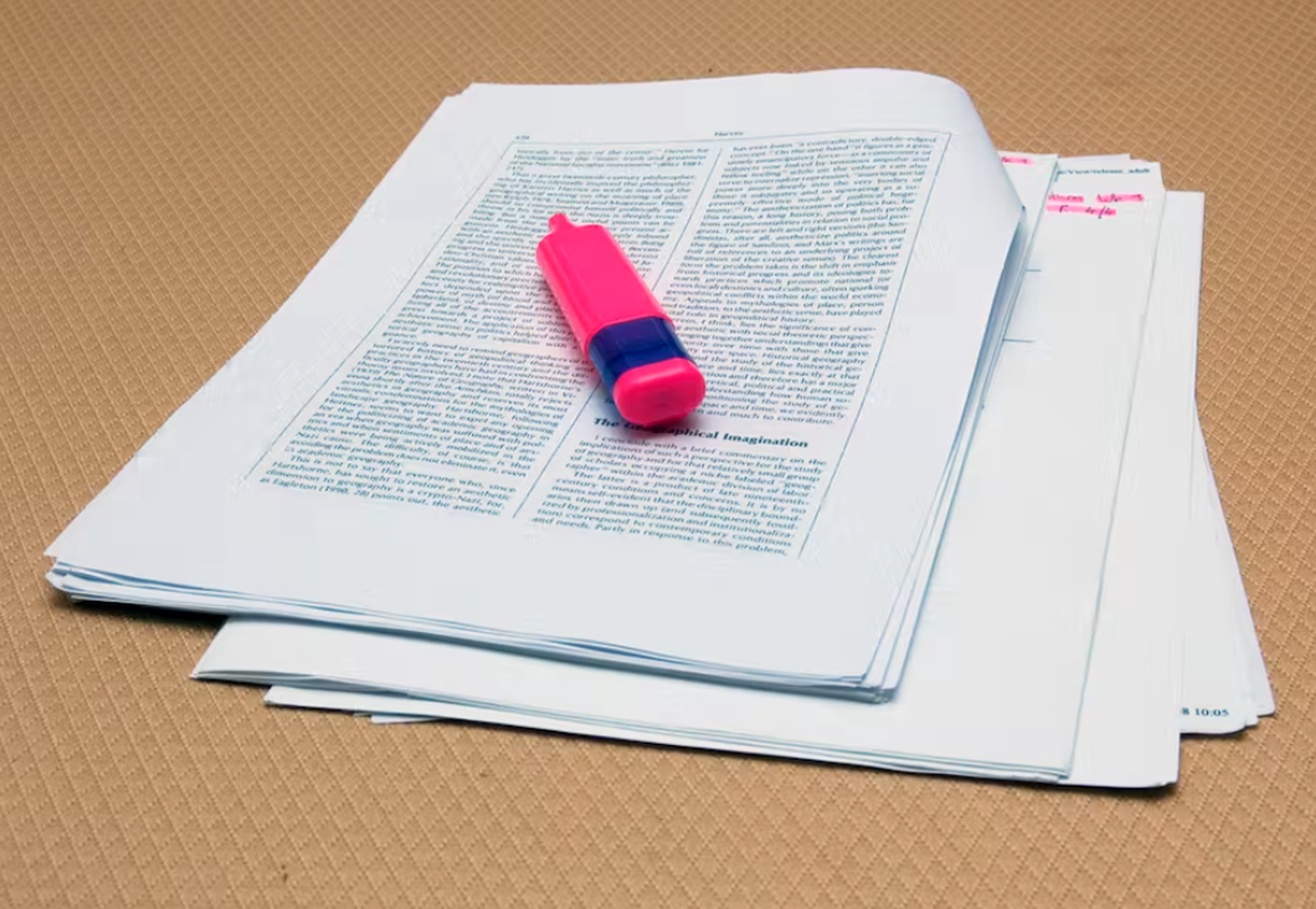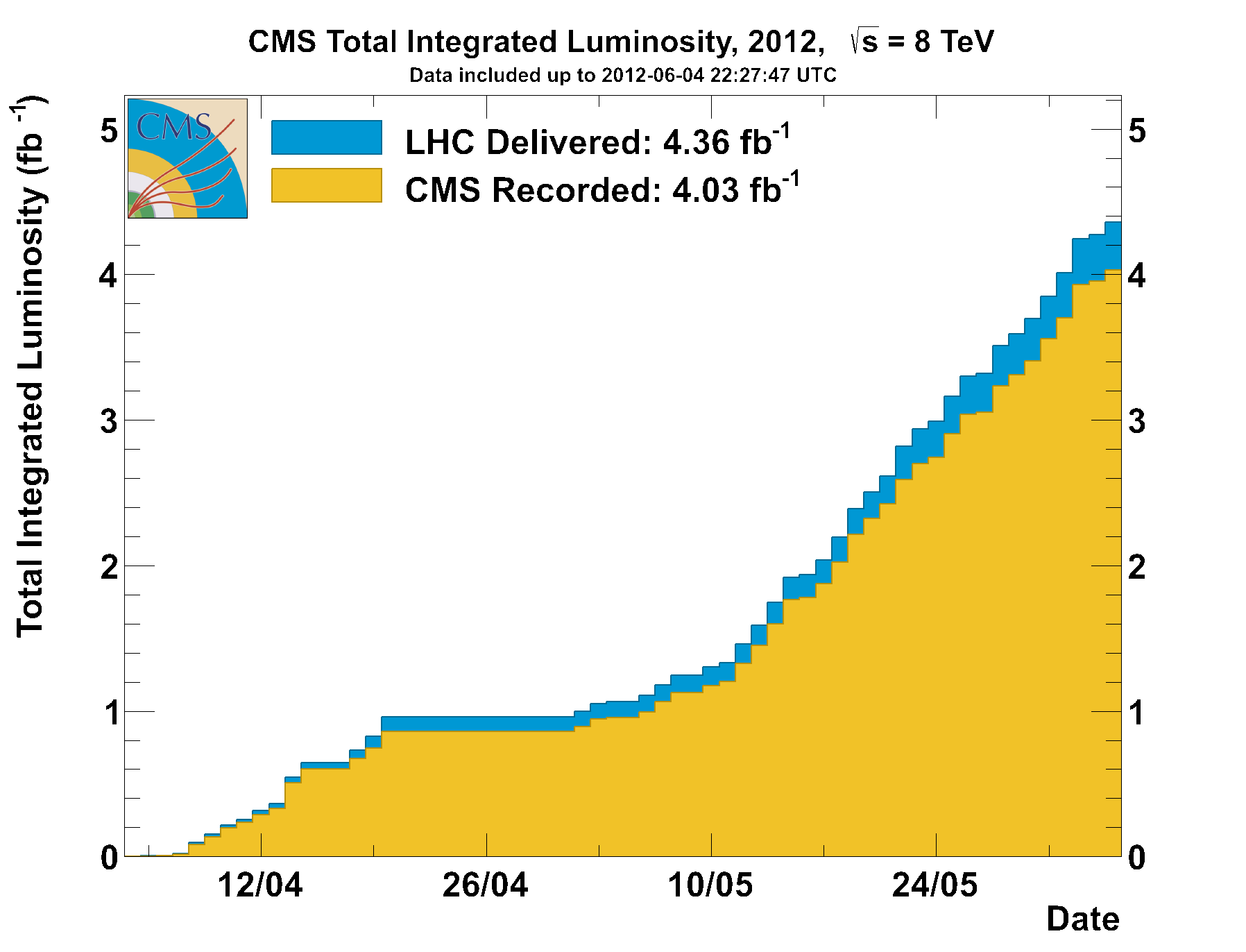 On A Roll
On A RollWhat? Another boring chess game?Buzz off, this is my blog, and if I feel like posting a chess game...
 When The Attack Plays Itself
When The Attack Plays ItselfAfter a very intense day at work, I sought some relaxation in online blitz chess today. And the...
 Toponium Found By CMS!
Toponium Found By CMS!The highest-mass subnuclear particle ever observed used to the the top quark. Measured for the...
 The Problem With Peer Review
The Problem With Peer ReviewIn a world where misinformation, voluntary or accidental, reigns supreme; in a world where lies...









 decay widths have higher-order perturbative QCD corrections, and these are particularly important for the
decay widths have higher-order perturbative QCD corrections, and these are particularly important for the  decay which dominates over a wide range of (light) Higgs masses. The main effect is to cause the quark mass
decay which dominates over a wide range of (light) Higgs masses. The main effect is to cause the quark mass  to run from its "constituent quark" value at
to run from its "constituent quark" value at  to a lower value at
to a lower value at  ."
."
